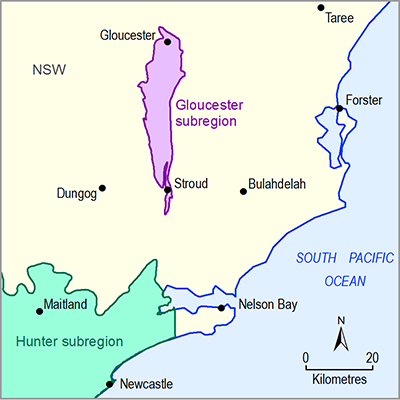Table 6 lists the parameters that are included in the sensitivity and uncertainty analysis, their initial values, and the minimum and maximum of the range sampled in the design of experiment.
Table 6 Parameters of the Avon and Karuah models for the Gloucester subregion
The ‘value’ column lists the initial parameter value simulation, while the ‘minimum’ and ‘maximum’ columns show the range sampled for the design of experiment. The last two lines list non-variable parameters used in the simulations.
Na = not applicable.
Data: Bioregional Assessment Programme (Dataset 2)
The Kha parameter is the hydraulic conductivity of the alluvial model layer. The range chosen covers two orders of magnitude and is in accordance with hydraulic conductivity values observed in this region (see companion product 2.1-2.2 for the Gloucester subregion (Frery et al., 2018, Section 2.1.3.1.2, Table 8)). Hydraulic conductivity is assumed to be uniform within the alluvium.
Khw is the hydraulic conductivity of the weathered zone model layer. In the model, the conductivity is considered to be isotropic (i.e. equal in all directions). With a specified head boundary condition in all active model cells, this parameter effectively controls the vertical flux into alluvium from the weathered zone and should in fact be considered as a vertical hydraulic conductivity. The range in Table 6 for this parameter therefore reflects the observed range of vertical hydraulic conductivity in the surface weathered and fractured rock layer (Frery et al., 2018).
Sy is the specific yield of the unconfined alluvial layer and Dc is the hydraulic conductance of the drainage cells. Observations of these parameters are not available in the Gloucester region and their ranges are based on literature values (Fetter, 2001).
Rmult is a multiplier to scale the recharge time series and ranges from 0.1 to 2. This means that recharge is varied in a range between 2% and 40% of recharge. This is in line with the variations in recharge estimates for the alluvium from previous studies (Section 2.6.2.2).
The last parameter, dh, is the offset in the weathered zone specified head and varies between 0 and 5 m. This wide range allows for the exchange flux between the weathered zone and the alluvium to vary from predominantly upwards to predominantly downwards.
The initial values are determined through a trial-and-error process in which the overall model behaviour was evaluated (see Table 6, ‘value’ column). This evaluation included visual inspection of three hydrographs in the lower, middle and upper parts of the catchment. If any of the simulated alluvial hydrographs exhibits artesian behaviour, then this would imply direct groundwater discharge to the land surface and was not considered a good fit.
Likewise, components of the water balance were inspected to ensure upward flux from the weathered zone into the alluvium is positive and the discharge to the model drain cells is consistent with the baseflow estimates (see Section 2.6.2.7 and companion product 2.1-2.2 for the Gloucester subregion (Frery et al., 2018)).

Product Finalisation date
- 2.6.2.1 Methods
- 2.6.2.2 Review of existing models
- 2.6.2.3 Model development
- 2.6.2.4 Boundary and initial conditions
- 2.6.2.5 Implementation of coal resource development pathway
- 2.6.2.6 Parameterisation
- 2.6.2.7 Observations and predictions
- 2.6.2.8 Uncertainty analysis
- 2.6.2.9 Limitations and conclusions
- Citation
- Acknowledgements
- Currency of scientific results
- Contributors to the Technical Programme
- About this technical product
